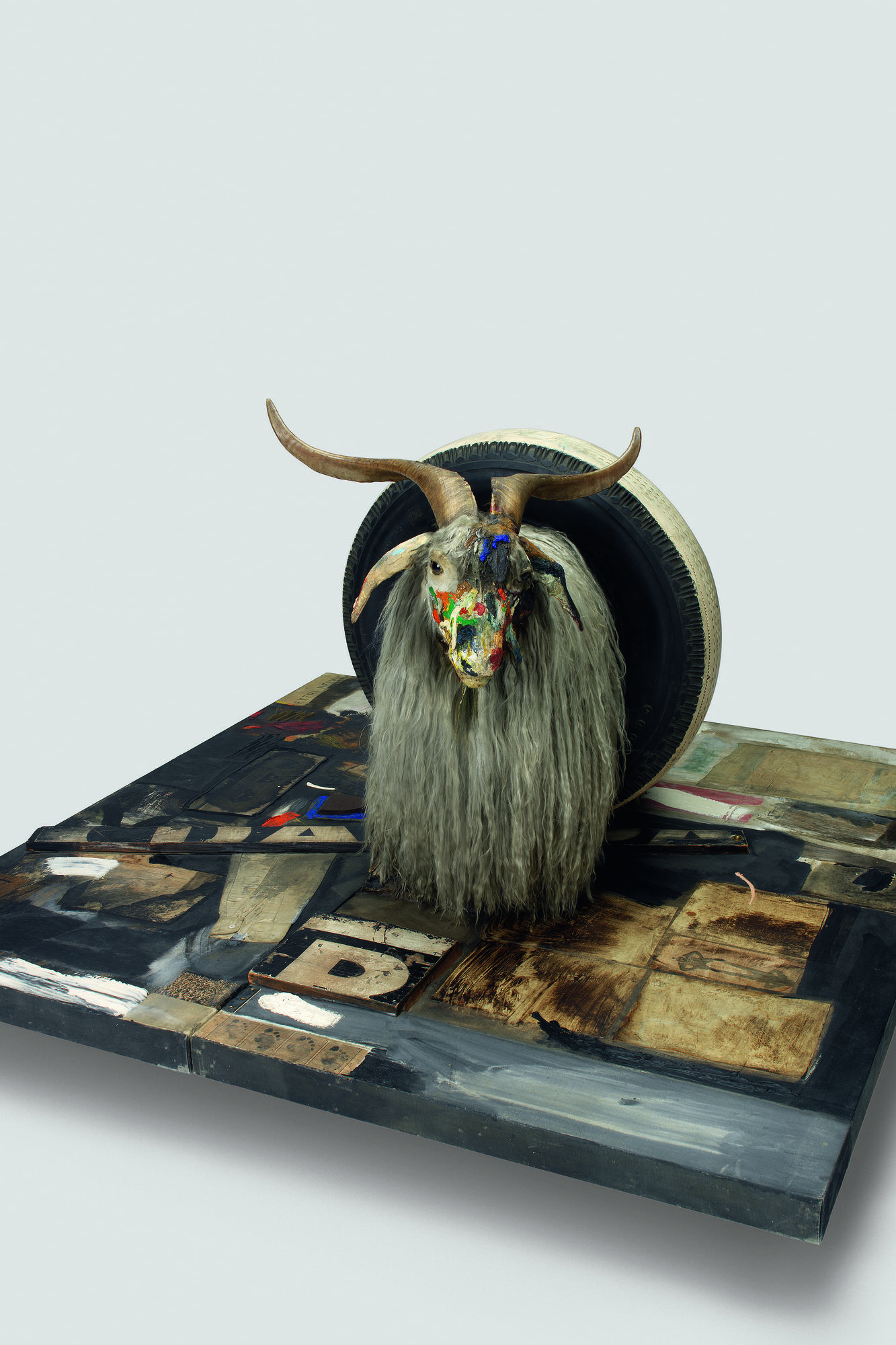‘For something to have the ring of truth it must appear as something we recognize as truthful.‘ Why does it have to be something we recognize? In saying that, are the only ‘real’ things, things that we have seen before? There’s an old saying seeing is believing. Yet so much of what exists in the world are things we haven’t seen ourselves. We rely on the media, science, researchers, and articles to get our information about the world outside our own bubble. Yet there’s no way of knowing it’s the truth unless we see it ourselves, right? This brings in the question of what is ‘real’. A classic ‘not real’ thing is a dragon. Elements of the dragon are taken from ‘real’ things. Wings, scales, horns, teeth, predatory instincts. These are all believable because we know them to be real. So we can look at the dragon and see a creature that could exist within our realms of possibility. Truth be told, it’s beyond humans’ capability to comprehend something completely ‘unreal’. We can only envision what we know to exist. Every person you see in your dreams, even if they are complete strangers, are most likely people you have passed on the street. It isn’t within our comprehension to make something we have never seen before. Every unreal arrangement is just a complex structure of many real things you have taken from real life. But they’re real because they exist within human comprehension.
This brings me to my sculptures. The images above are my response to what it might mean for a sculpture to be more, or less, ‘real’ or ‘true’. How I got there was brainstorming things I believe to revolve around reality, or, what doesn’t. Dreams. Fantastical stories we tell ourselves. Despite being always seen as ‘unreal’, I wanted to create a series of images that are dreamscapes. I wanted to put the impossibility and the odd images that dreams offer us into a proper visual, so the viewers can have a better grasp of what they’d normally be too hazy to recall. My next set of images, beneath the video, is less about the fluidity vs the static of dreams but more about the context and the unfamiliar. I also want to comment on differing reals. Everybody has different ways of seeing the world. Things that are ‘real’ to me maybe aren’t ‘real’ to them. But dreams are individual. That’s another reason I chose them to explore; they contain personal reals and are different from person to person.

Ladder? 
Tuba & Ladder? 
Sail the Grass 
Hazy. 
Assemblage 
Assemblage





























































